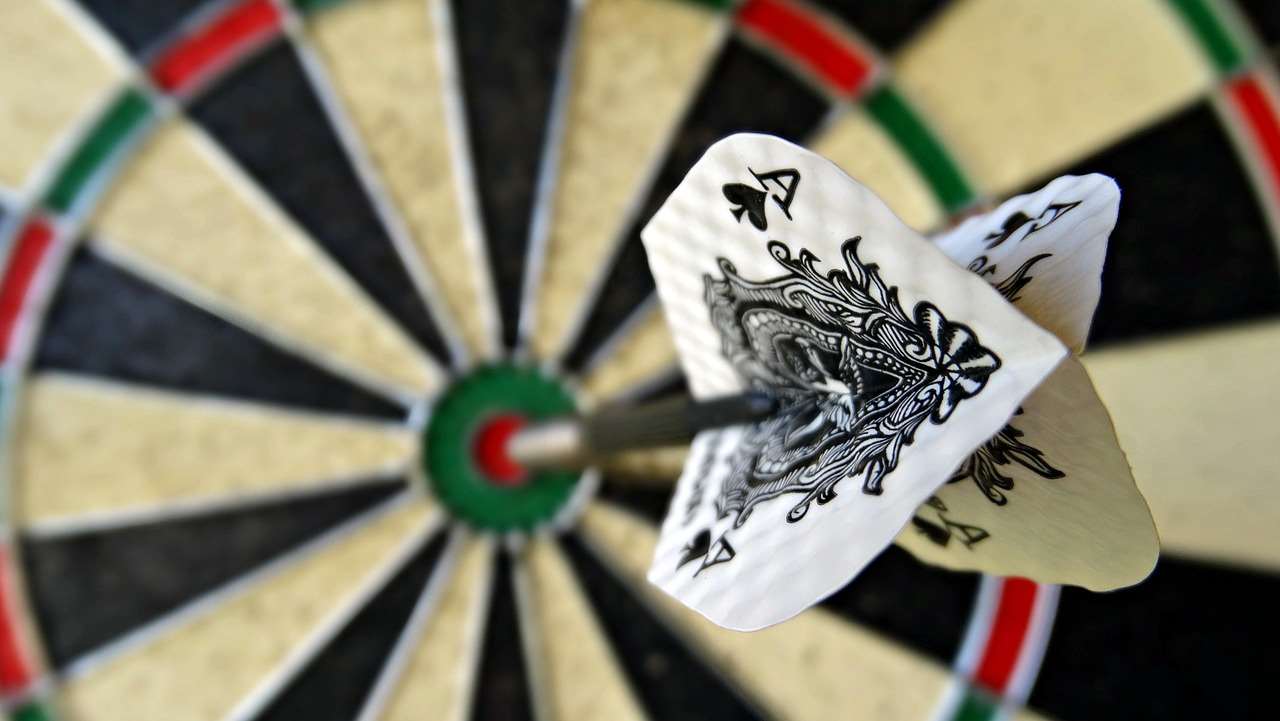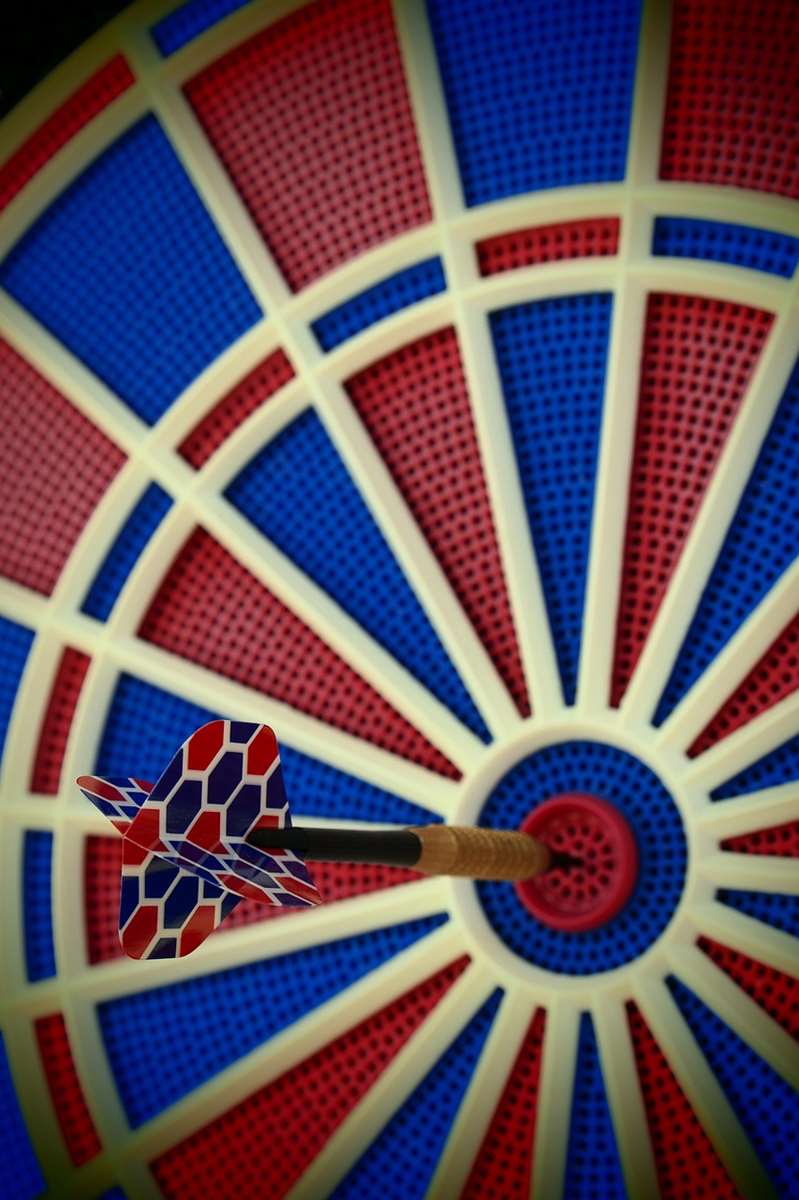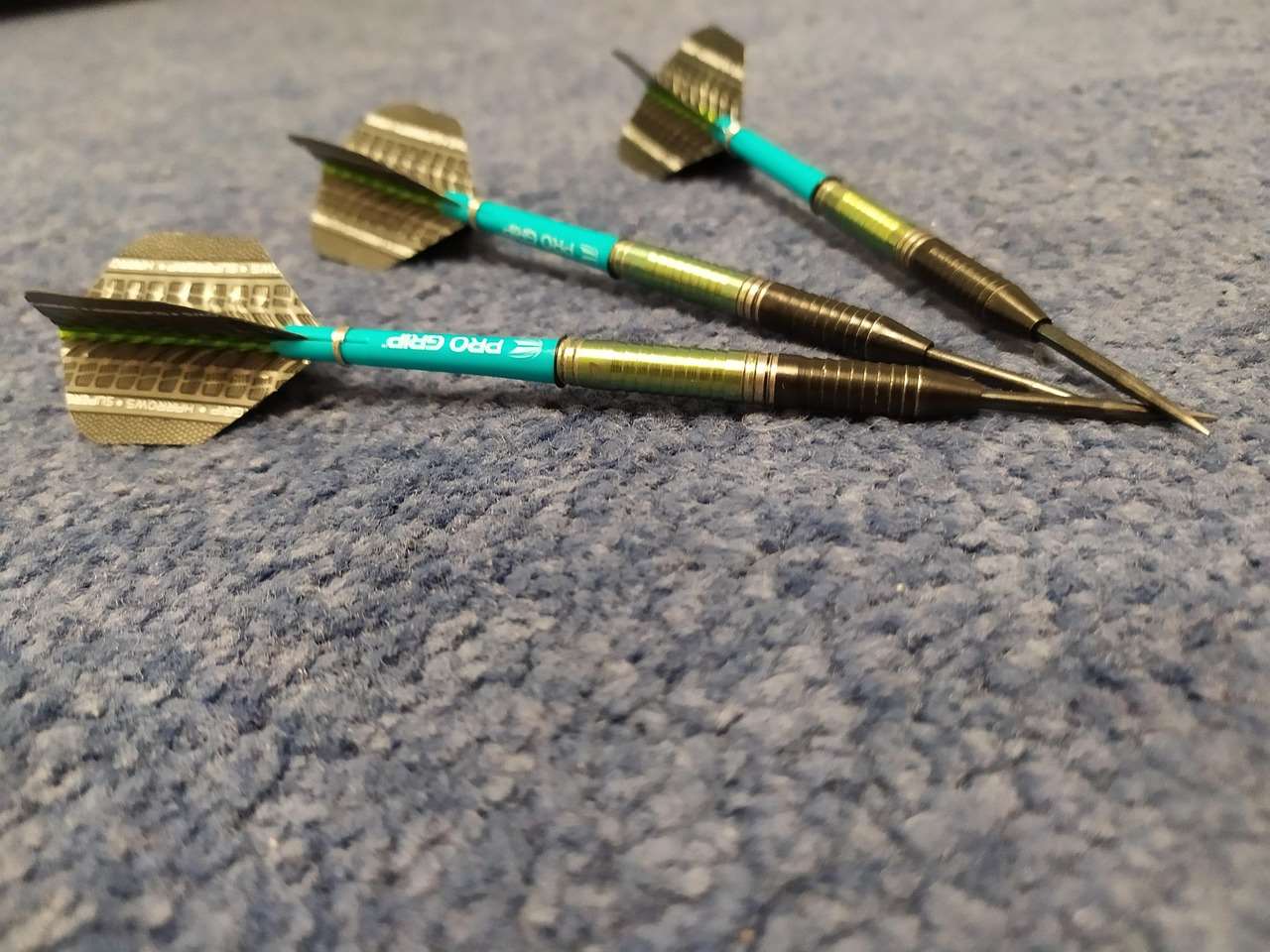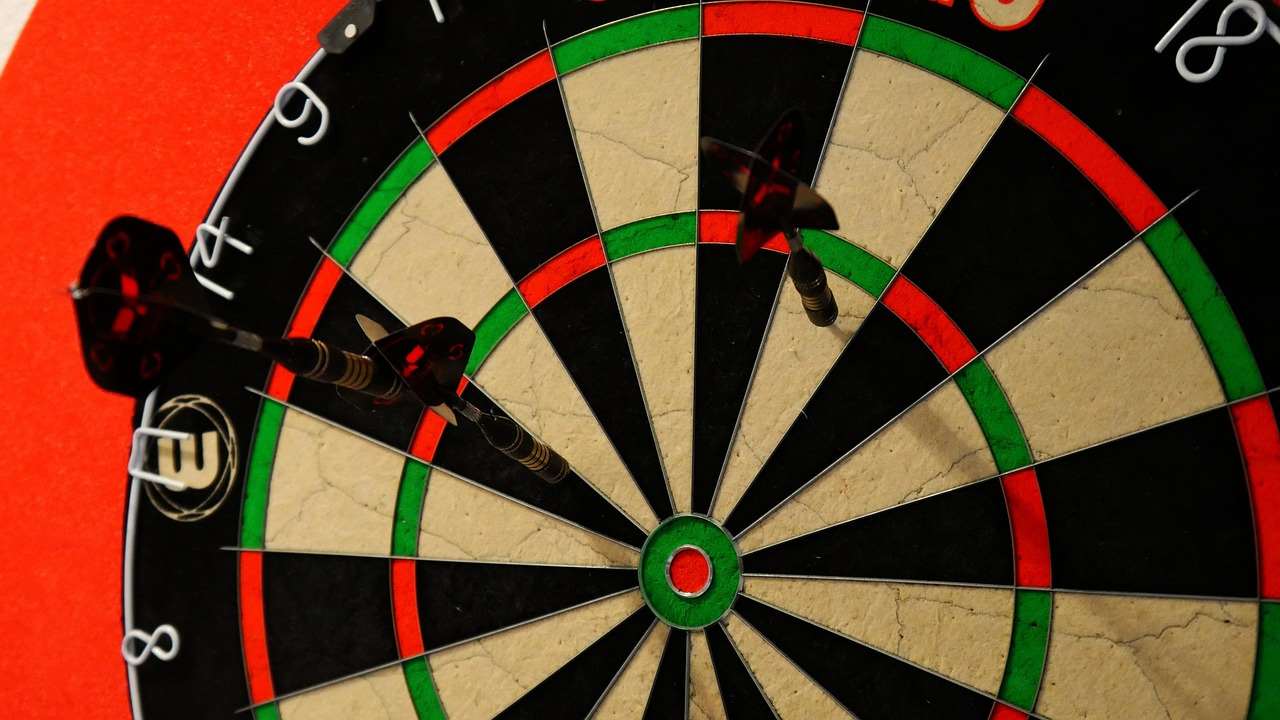The Grand Slam of Darts is renowned not just for its high-caliber play, but because the Grand Slam Darts rules unique differ in subtle yet significant ways from other major tournaments. This article will delve into these specific rules, including the group stage format, the unique match lengths, and the tie-breaking procedures that make the Grand Slam a thrilling and unpredictable event.
⚠️ Still Using Pen & Paper (or a Chalkboard)?! ⚠️
Step into the future! The Dart Counter App handles all the scoring, suggests checkouts, and tracks your stats automatically. It's easier than you think!
Try the Smart Dart Counter App FREE!Ready for an upgrade? Click above!
What Makes Grand Slam Darts Rules Unique?
Several aspects contribute to the distinctiveness of the Grand Slam of Darts rules unique compared to other Professional Darts Corporation (PDC) events. These differences create a heightened sense of drama and excitement, often leading to unexpected results and memorable moments.
The **tournament format** is arguably the most prominent difference. Unlike the purely knockout stages found in events like the World Championship, the Grand Slam incorporates a round-robin group stage at the beginning. This allows players who might have an off day to still progress if they perform well in subsequent matches.
Another unique characteristic is the **match length**. The early rounds are relatively short, creating an environment where upsets are more likely. The longer format in the later stages rewards consistency and stamina. Let’s examine these points in detail.

Detailed Breakdown of the Grand Slam Format
The tournament begins with 32 players divided into eight groups of four. The top two players from each group progress to the knockout stage. This structure adds an extra layer of strategic complexity.
Group Stage Dynamics
- Each player plays every other player in their group once.
- Matches in the group stage are best-of-9 legs, meaning the first player to win 5 legs wins the match.
- Two points are awarded for a win, and zero for a loss.
- If players are tied on points, tie-breaking procedures are implemented, which we will explore later.
The relatively short format of the group stage matches means that any player can win. Even if a player is considered a heavy favourite, a few missed doubles at crucial moments can cost them the match. This dynamic often leads to thrilling finishes and unexpected results. You might be surprised how some people are Adapting darts rules for beginners to get acquainted with the game.
The Group stage is crucial. Securing wins here sets the stage for later success. For instance, a top seed unexpectedly losing their first match can immediately put pressure on them for their remaining games.

Knockout Stages
Once the group stage is completed, the top two players from each group advance to the knockout stage, which follows a traditional single-elimination bracket format.
- Last 16: Best of 19 legs (First to 10 legs)
- Quarter-Finals: Best of 31 legs (First to 16 legs)
- Semi-Finals: Best of 31 legs (First to 16 legs)
- Final: Best of 31 legs (First to 16 legs)
As you can see, the match lengths increase significantly as the tournament progresses. This shift from the shorter group stage format to the longer knockout stage format is a key feature of the Grand Slam of Darts rules unique and rewards players who can maintain their focus and consistency over extended periods.
This change in match length also dramatically impacts strategy. In the early stages, a quick start is crucial, while in the later rounds, endurance and mental fortitude become paramount. Players must adapt their game plan accordingly.

Tie-Breaking Procedures: Deciding Group Stage Progression
In the group stage, it’s common for players to finish with the same number of points. When this happens, specific tie-breaking procedures are implemented to determine which players advance to the knockout stage. These procedures are yet another area where the Grand Slam Darts rules unique come into play.
The tie-breaking criteria are applied in the following order:
- Leg Difference: The player with the highest leg difference (legs won minus legs lost) advances.
- Head-to-Head Record: If leg difference is tied, the player who won the match between the tied players advances.
- Three-Dart Average: If leg difference and head-to-head record are tied, the player with the highest three-dart average across all group stage matches advances.
- Play-Off Match: If all three criteria are tied, a nine-dart shoot-out, or a sudden-death leg may take place to decide the winner.
These tie-breaking rules add a layer of intrigue to the group stage. Every leg counts, and even a seemingly insignificant leg won or lost can have a major impact on a player’s chances of advancing. This is particularly relevant when Simplified 501 game rules for novice players are in place.
The Importance of Three-Dart Average in Grand Slam Darts
The three-dart average is a crucial statistic in darts, representing the average score a player achieves with three darts. In the Grand Slam Darts rules unique, it gains even greater significance because it serves as a tie-breaking criterion.
While a high three-dart average doesn’t guarantee victory, it significantly improves a player’s chances of winning matches and advancing through the tournament, especially if tie-breakers are needed.
Players often focus on maintaining a consistently high three-dart average, as it reflects their overall accuracy and scoring ability. A high average indicates fewer missed opportunities and a greater likelihood of finishing legs quickly. Consider Basic Darts Fundamentals for Beginners to work on improving your average.

Strategic Implications of the Grand Slam Format
The combination of the group stage format, the varying match lengths, and the tie-breaking procedures creates a unique strategic landscape for players competing in the Grand Slam. Players need to adapt their approach based on the specific circumstances of each match.
Group Stage Strategy
- Aggressive scoring is crucial in the short best-of-9 legs matches.
- Players should aim to build a significant leg difference to improve their chances of advancing in case of a tie.
- Even if a player loses a match, they should fight for every leg to minimize the damage to their leg difference.
Knockout Stage Strategy
- Patience and consistency are key in the longer format matches.
- Players need to conserve their energy and maintain their focus over extended periods.
- Tactical adjustments may be necessary depending on the opponent and the flow of the match.
Adaptability is key to success in the Grand Slam. Players who can effectively adjust their strategy based on the circumstances are more likely to thrive in this challenging environment. If you’re looking for something a bit different, explore Fun dart game variations with modified rules.
Comparing Grand Slam Rules to Other PDC Events
While the basic rules of darts remain the same across all PDC events (such as scoring, checkout rules, etc.), the Grand Slam Darts rules unique are most evident in the tournament format and match lengths. Events like the World Championship and the World Matchplay utilize a straight knockout format from the start, and their match lengths tend to be longer than the group stage matches of the Grand Slam. These differences create distinct competitive dynamics and require players to adapt their strategies accordingly. Consider how to make darts fairer with handicap rules.

Grand Slam Darts: A Tournament of Upsets and Excitement
Ultimately, the unique rules and format of the Grand Slam of Darts contribute to its reputation as one of the most exciting and unpredictable tournaments on the PDC calendar. The short group stage matches, the tie-breaking procedures, and the increasing match lengths in the knockout stages all combine to create an environment where upsets are common and drama is guaranteed.
Whether you’re a seasoned darts fan or a newcomer to the sport, understanding the nuances of the Grand Slam Darts rules unique will enhance your appreciation for this thrilling event. From the strategic complexities of the group stage to the endurance tests of the later rounds, the Grand Slam offers a unique blend of skill, strategy, and excitement that sets it apart from other major darts tournaments.
Conclusion
In conclusion, the Grand Slam of Darts stands out because its specific rules – the group stage, shorter matches initially, and detailed tie-breaking criteria – craft a more unpredictable and exciting competition. These elements demand tactical adaptability and resilience from players. Now that you understand the Grand Slam Darts rules unique, take a deeper dive into professional darts, explore related articles, or simply enjoy watching the next Grand Slam with a newfound appreciation for its strategic depth.
Hi, I’m Dieter, and I created Dartcounter (Dartcounterapp.com). My motivation wasn’t being a darts expert – quite the opposite! When I first started playing, I loved the game but found keeping accurate scores and tracking stats difficult and distracting.
I figured I couldn’t be the only one struggling with this. So, I decided to build a solution: an easy-to-use application that everyone, no matter their experience level, could use to manage scoring effortlessly.
My goal for Dartcounter was simple: let the app handle the numbers – the scoring, the averages, the stats, even checkout suggestions – so players could focus purely on their throw and enjoying the game. It began as a way to solve my own beginner’s problem, and I’m thrilled it has grown into a helpful tool for the wider darts community.